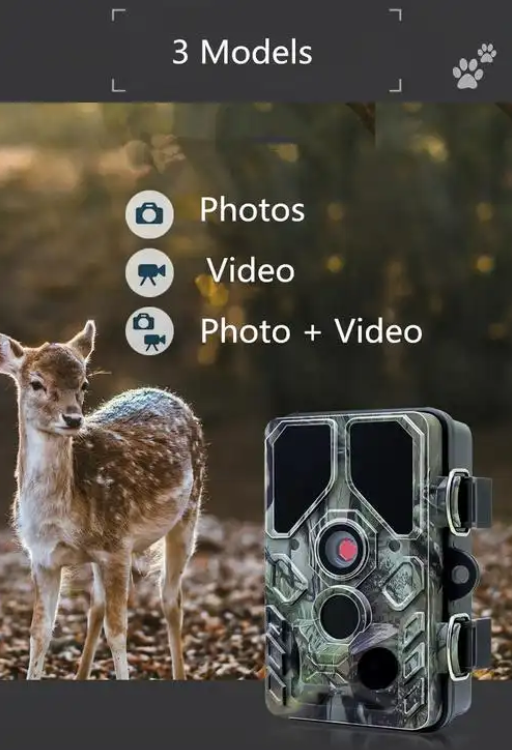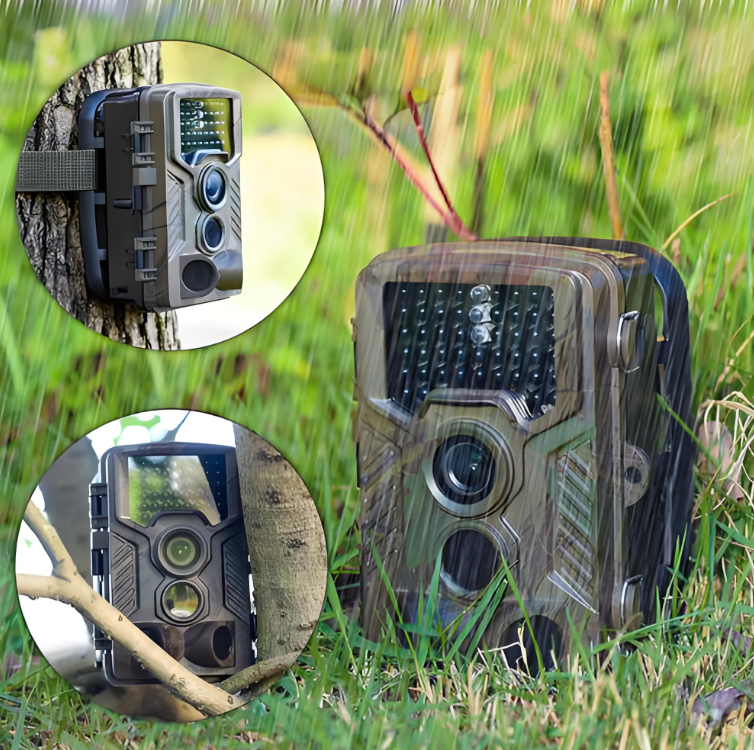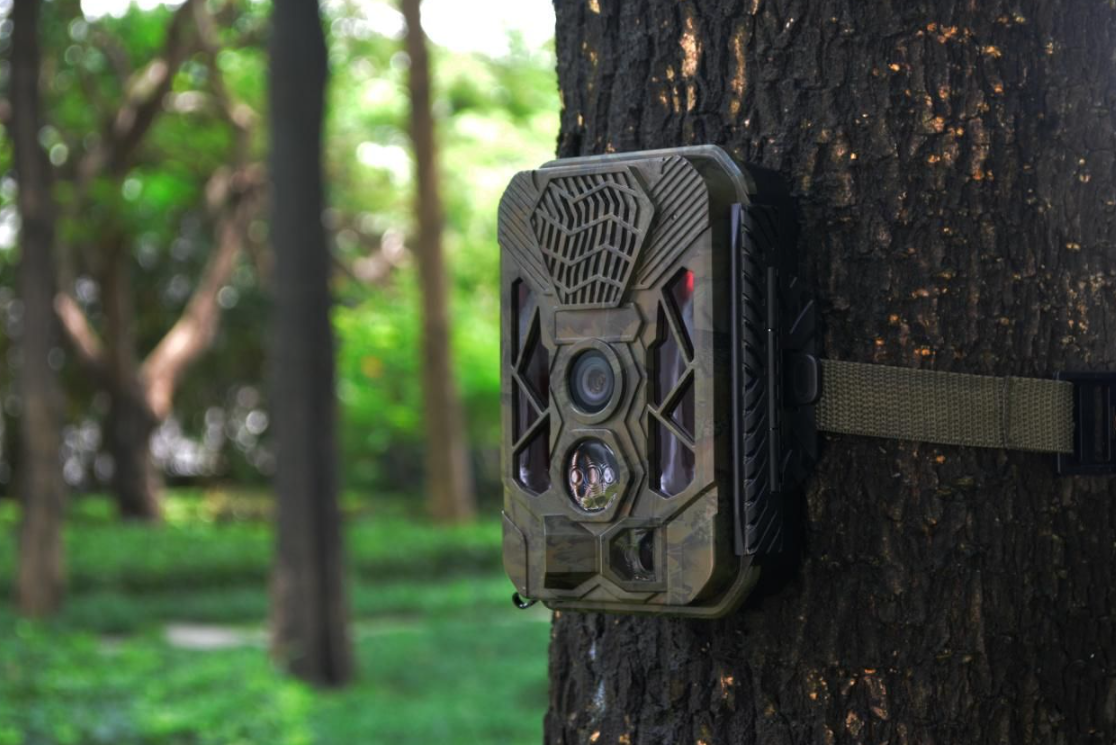Hunting cameras are a type of video equipment specifically used for hunting activities. They usually use infrared or black-and-white night vision technology, and can take high-definition photos and videos at night or in low-light environments. Hunting cameras usually have the characteristics of being waterproof, dustproof, and shockproof, and can be used in harsh outdoor environments. Hunting cameras usually use wireless transmission technology, which can transmit the photos and videos taken to mobile phones, computers and other devices for viewing and sharing. At the same time, hunting cameras also have automatic sensing functions, which can automatically shoot animals or other targets, making it convenient for hunters to observe and record. Analysis of mainstream hunting camera products ONick AM-860: This is a hunting camera using infrared technology, with high definition, waterproof and dustproof, automatic sensing and other characteristics, suitable for various outdoor environments. ONick AM-950: This is a hunting camera using black-and-white night vision technology, with high definition, waterproof and dustproof, automatic sensing and other characteristics, suitable for shooting at night or in low-light environments. ONick AM-38: This is a hunting camera using infrared technology, with high definition, waterproof and dustproof, automatic sensing and other characteristics, suitable for various outdoor environments. ONick AM-999G: This is a hunting camera using infrared technology. It has the characteristics of high definition, waterproof and dustproof, automatic sensing, etc., and is suitable for various outdoor environments. Global mainstream hunting camera products

In general, the mainstream products on the hunting camera market mainly use infrared technology and black and white night vision technology, with high definition, waterproof and dustproof, automatic sensing and other characteristics, which can help hunters better observe and record the hunting process, improve hunting efficiency and experience. Hunting camera application field analysis Hunting activities: The main application field of hunting cameras is hunting activities. Hunters can use hunting cameras to observe and record the hunting process, improve hunting efficiency and experience. Wildlife observation: Hunting cameras can also be used for wildlife observation. Hunters can install hunting cameras in places where wild animals often appear to observe and record the living habits and behaviors of wild animals. Home security: Hunting cameras can also be used for home security. Hunters can install hunting cameras around their homes to monitor home safety. Changes in the proportion of major application fields of global hunting cameras

In general, the application fields of hunting cameras are relatively wide, involving hunting, wildlife observation, home security and other fields. With the continuous emergence of new technologies and the continuous increase in market demand, the application field of hunting cameras will continue to expand, and suppliers in the market need to continuously innovate and improve product competitiveness to meet the needs of different fields and applications. In the market competition, factors such as onick brand awareness, product quality, technological innovation, and after-sales service are all important factors affecting market competitiveness.

At present, hunting camera products on the market mainly use infrared technology and black and white night vision technology, with the characteristics of high definition, waterproof and dustproof, automatic sensing, etc., and the market demand is relatively stable. In the future, with the continuous emergence of new technologies and the continuous changes in market demand, the competitive landscape of the hunting camera market will continue to change. Suppliers in the market need to continuously innovate and improve product competitiveness to meet the needs of different fields and applications. At the same time, competition in the market will continue to intensify, and factors such as brand awareness, product quality, technological innovation, and after-sales service will become key factors in market competition.


